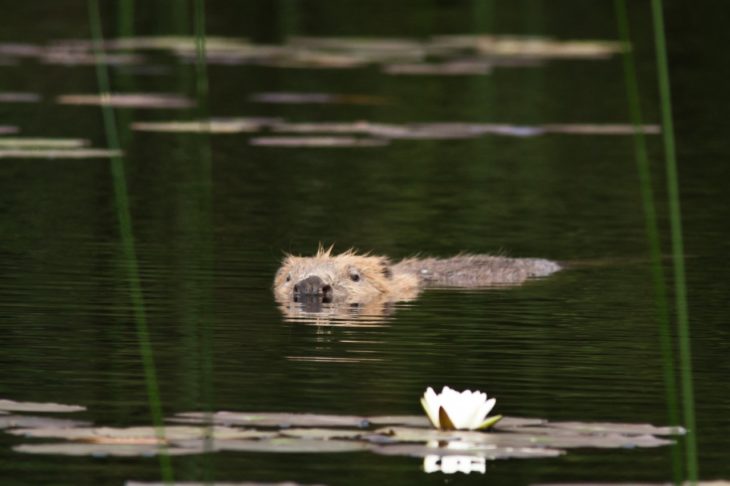Figures released by Scottish Natural Heritage have confirmed that 87 beavers were culled under licence in Tayside in 2019. The population in the area was estimated at around 450 in 2018.
The Trust believes this level of culling is unsustainable. We have called for a new forward-looking strategy for beavers, which includes the potential for strategic reintroductions into other areas of Scotland.

Our Director of Conservation Sarah Robinson said: “This report confirms that at least one-fifth of the beaver population in Tayside has been shot in a single season. It demonstrates that heavy localised culling can impact the population over a wider area, and is halting the ability of animals to spread out through a vacuum effect.
Scotland’s people and wildlife would benefit greatly from a thriving population of beavers. To achieve this goal we urgently need a robust national strategy that helps the species to spread into the 100,000 hectares of core habitat that have been identified throughout the country.
Sarah Robinson
“These are alarming figures. Such a heavy cull has almost certainly had a negative impact on the conservation status of a protected species. If lethal control continues at this level, we would have grave concerns for the future of beavers in Scotland.
“While we have always accepted that land managers need to able to manage the negative impacts of beavers, lethal control must always be a last resort. We support Scottish Natural Heritage’s ongoing work to help promote alternative management including flow devices and water gates, and we believe that more financial support should be provided alongside expert advice to help reduce conflict between people and beavers.
“Scotland’s people and wildlife would benefit greatly from a thriving population of beavers. we urgently need a robust national strategy that helps the species to spread into the 100,000 hectares of core habitat that have been identified throughout the country.
“We welcome the recommendation that moving beavers within their existing range should be allowed. There would be a particular benefit in moving animals into the fringes of this range in the Tay and the Forth catchments. Doing this could help expand their range, and close the gap between Scotland’s two beaver populations.
“There are also a number of areas, such as the Cairngorms, where introductions would create substantial ecological and social benefits with minimal conflict. Strategic reintroductions in these areas should be part of any forward-looking strategy for the beaver in Scotland.
“We hope the Scottish Government will give strong consideration to a more positive and ambitious approach, developed in partnership with the cross-sector Scottish Beaver Forum.”
Find out more about our work to bring beavers back to Scotland
